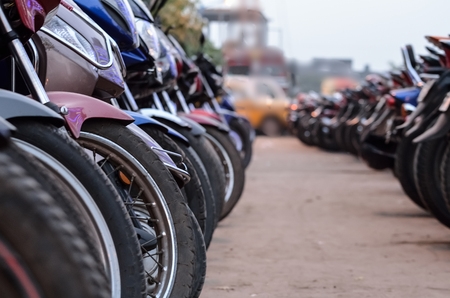New Delhi, November 13 . According to data released by the Society of Indian Automobile Manufacturers (SIAM) on Wednesday, total two-wheeler sales in the country grew 14.2 per cent to 21.64 lakh units in October this year, as against 18.96 lakh units in October 2023.
Sales of passenger vehicles, including cars and SUVs, also rose to their highest monthly level of 3.93 lakh units in October, showing a growth of 0.9 per cent from the high base figure of 3.9 lakh units in October 2023.
SIAM Director General Rajesh Menon said, “October 2024 had two major festivals, Dussehra and Diwali, both falling in the same month, which led to high consumer demand. This gave a significant boost to the performance of the auto industry.”
Passenger vehicles (PVs) recorded their highest ever sales of 3.93 lakh units in October 2024, up 0.9 per cent on the high base of last October.
This high growth was also reflected in the ‘Vahan’ vehicle registration data, which saw registrations of both passenger vehicles and two-wheelers increase by over 30 per cent in October 2024 compared to October 2023.
According to Menon, however, three-wheeler sales declined marginally by 0.7 per cent as compared to October last year. This sale stood at 0.77 lakh units in October 2024. Registrations grew by 11 per cent compared to last October.
Market analysts believe that the increase in two-wheeler sales can be attributed to the rise in rural incomes as crop yields improved due to normal monsoon this year, resulting in increased income in the agricultural sector.
The increase in the minimum support price of various crops by the government has also increased the income of farmers, which has led to more expenditure on consumer goods by rural households.
This was also seen in India’s fast moving consumer goods (FMCG) sector, where consumption in rural areas has grown faster than in urban areas.
According to the NielsenIQ survey, FMCG goods sales grew 5.7 per cent in value and 4.1 per cent in volume in the July-September quarter this year, led by rural demand for the third consecutive quarter. Not only this, it grew faster than urban markets.










